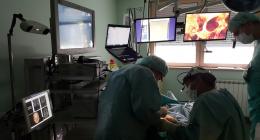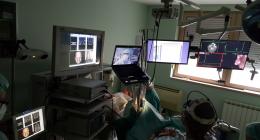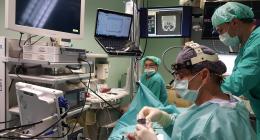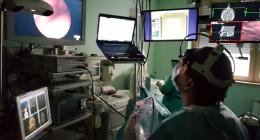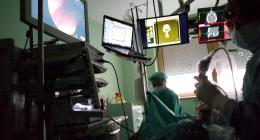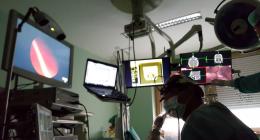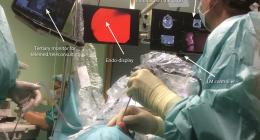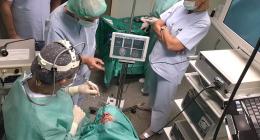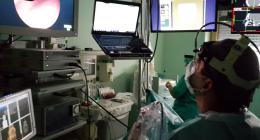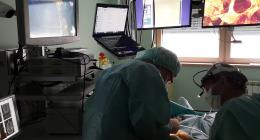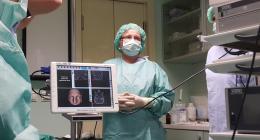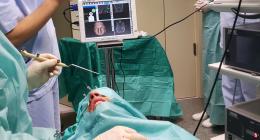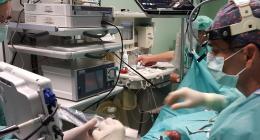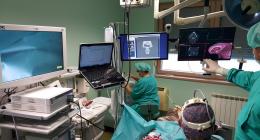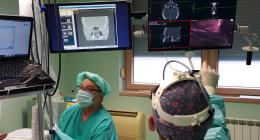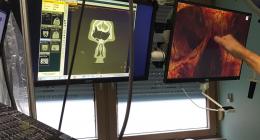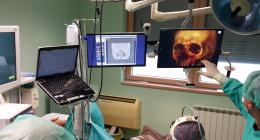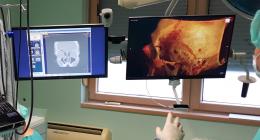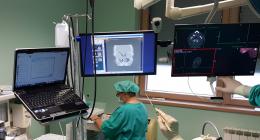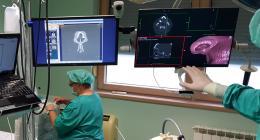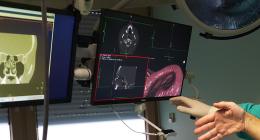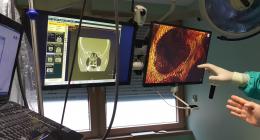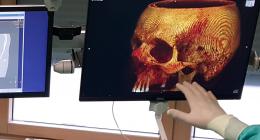Frontiers in Otolaryngology-Head and Neck Surgery (FOHNS), 2017; 1(1): 1-7
Ivica Klapan1,2, Alen Duspara3, Zlatko Majhen4, Igor Benić5, Milan Kostelac6, Goranka Kubat7, Nedjeljka Berlengi2
Ivica Klapan, Professor of Clinical ORL-Head and Neck Plastic Surgery, Division of Otorhinolaryngology-Head and Neck Plastic Surgery, Klapan Medical Group University Polyclinic, Zagreb; School of Medicine, Josip Juraj Strossmayer University in Osijek, Osijek, Croatia, EU and School of Medicine, University of Zagreb, Zagreb, Croatia, EU
Alen Duspara, Faculty of Electrical Engineering and Computing, University of Zagreb, Zagreb, Croatia, EU
Zlatko Majhen, Director, Avanza d.o.o., Zagreb, Croatia, EU
Igor Benić, Juraj Dobrila University, Pula, Croatia, EU
Milan Kostelac, Professor of Mechanical Engineering and Naval Architecture, Faculty of Mechanical Engineering and Naval Architecture, University of Zagreb, Zagreb, Croatia, EU
Goranka Kubat, Director, Division of Radiology, Sunce Polyclinic, Zagreb, Croatia, EU
Nedjeljka Berlengi, Division of Anesthesiology, Klapan Medical Group University Polyclinic, Zagreb, Croatia, EU


